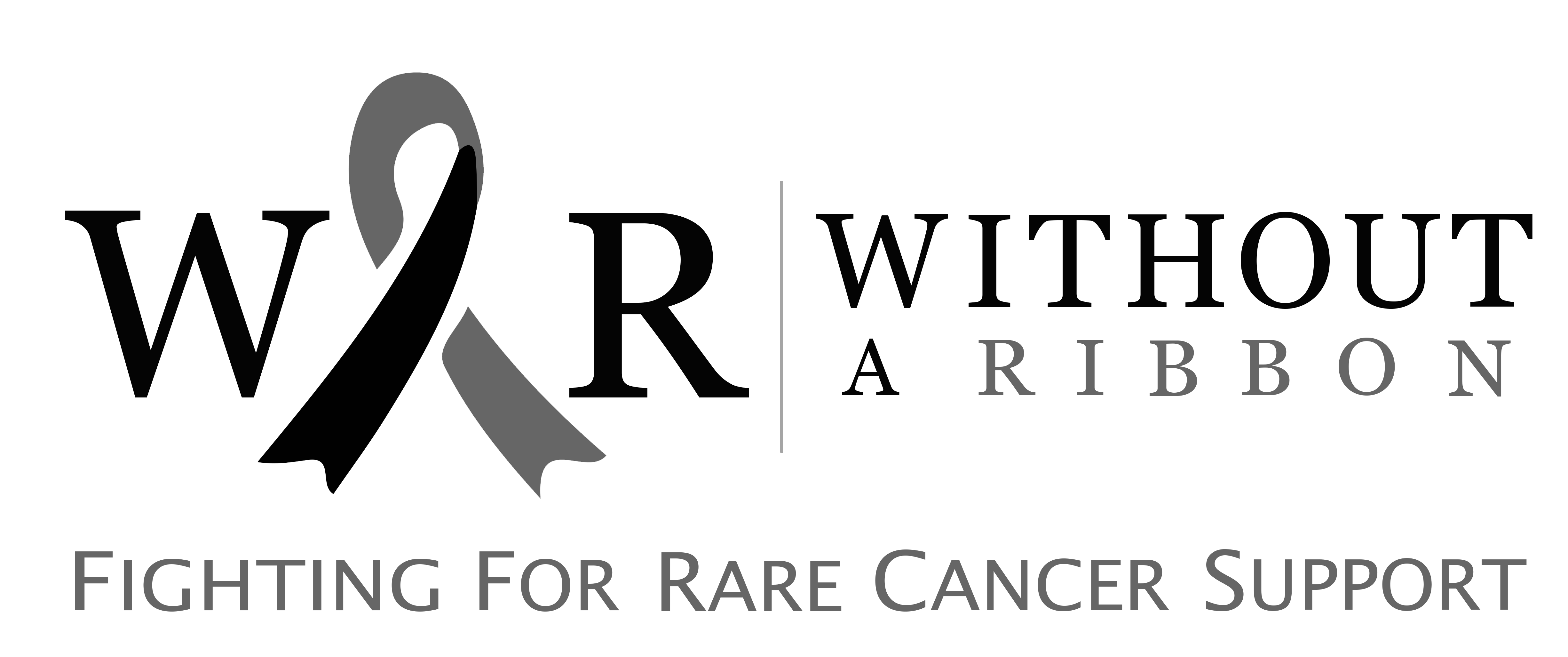What is Desmoplastic Small Round Cell Tumour (DSRCT)?
Desmoplastic Small Round Cell Tumour, often shortened to DSRCT, is a very rare and aggressive type of cancer that usually affects young males, most often in their teenage years or early adulthood. It begins in the soft tissues of the abdomen or pelvis, although it can sometimes appear in other parts of the body.
The word “desmoplastic” means that the tumour causes a lot of scar-like, firm tissue to form around it, while “small round cell” describes how the cancer cells look under the microscope, they are small, round, and tightly packed.
Symptoms
This cancer often grows quietly at first, without showing many signs. As it increases in size, people may start feeling swelling or fullness in the abdomen. Pain, loss of appetite, nausea, and weight loss are also common. Some patients notice a lump or swelling that keeps increasing.
Because the tumour can press against the intestines or other organs, it may cause bloating, difficulty in digestion, or even changes in bowel habits. Fatigue and weakness may develop as the disease spreads or if the tumour affects other organs.
Diagnosis
DSRCT spreads quickly and may involve the lining of the abdomen (called the peritoneum), liver, lymph nodes, or even the lungs. To find out what it is, imaging tests like CT scans or MRI are done to see how large and widespread the tumour is.
A biopsy is then taken, and under the microscope, the tumour shows its typical “small round cell” pattern with thick fibrous tissue around it. Genetic testing helps confirm the diagnosis by finding a special change in the EWSR1 gene, a hallmark feature of this disease.
Treatment
Treatment for DSRCT usually involves a combination of surgery, chemotherapy, and radiation therapy. First, chemotherapy is used to shrink the tumour and control spread. After that, surgery is done to remove as much of the tumour as possible.
Because DSRCT often spreads widely within the abdomen, complete removal may not always be possible. Radiation may then be used to destroy any leftover cancer cells. In some advanced centers, heated chemotherapy given directly into the abdomen (called HIPEC) is also used to improve outcomes.
Prognosis
Even though treatment is aggressive, this cancer can be difficult to cure completely because of its tendency to return or spread. However, early diagnosis and combined therapy can help control it for a longer time.
You can help us with your donation:
Without a Ribbon is a charity that works hard to aid those who suffer from rare cancers. You can help our cause in a variety of ways:

